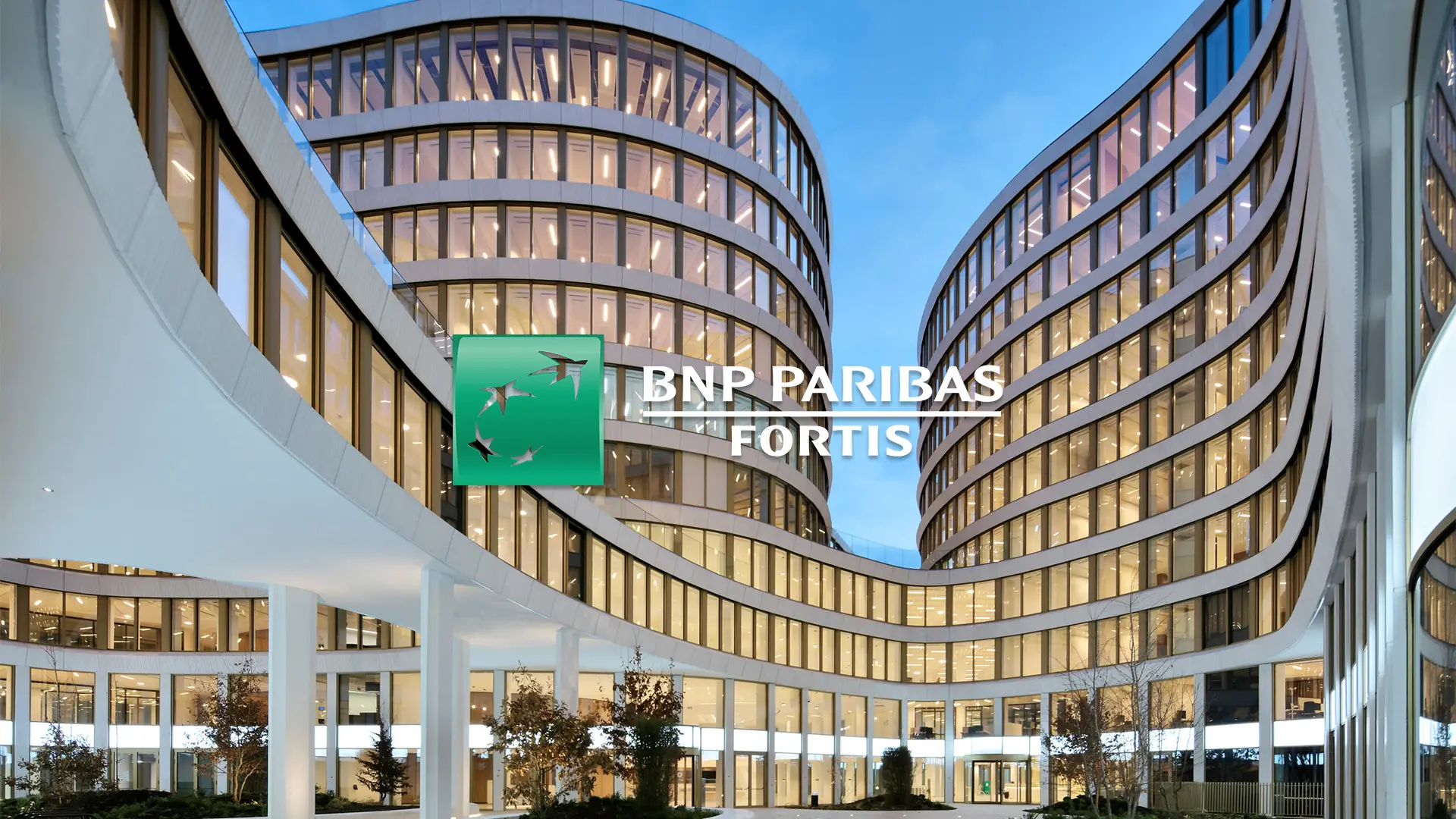Overview of project
One of the brands closest to our hearts, for many reasons, Teamleader is a software company that specialises in providing business management and CRM (Customer Relationship Management) solutions for small and medium-sized enterprises (SMEs). They offer a cloud-based platform that aims to assist businesses in various aspects of their operations, such as project management, time tracking, invoicing, and customer relationship management.
Besides sharing hometowns with Cyrex, we’ve watched and supported Teamleader’s growth, specially through the early years, into the full fledged industry reference that it is today.
Problems faced by Teamleader
As Teamleader’s product kept evolving, it quickly outgrew its initial architecture and technology stack. As soon as it became clear that soon the choices of the past would not work for the product’s ambitious future, the engineering team quickly set out to find a better scalable solution for this.
Enter Cyrex.
Our team provided first insights into how to optimise the existing ecosystem, migrating away from a mono-repo scenario into a more classic three-layer architecture, with a huge focus on the Front-end technology choice.
Work carried out by Cyrex
Our aim was to bring Teamleader’s FE stack to the new technologies in the market. Being very agnostic, we set out to explore different options, ReactJS, VueJS and the seasoned AngularJS.
ReactJS
ReactJS, a widely adopted JavaScript library for building user interfaces, was one of the technologies considered for Teamleader’s frontend. Its component-based architecture and virtual DOM offered opportunities for creating responsive and interactive user interfaces. By embracing ReactJS, Teamleader could achieve efficient rendering of components, enabling a smoother user experience. Additionally, the availability of a rich ecosystem of third-party libraries and tools could streamline development and enhance the overall quality of the frontend.
VueJS
VueJS, another popular JavaScript framework, was also in the spotlight during the modernization process. Known for its simplicity and ease of integration, VueJS could help Teamleader revamp its frontend while minimising disruption. Vue’s approachable learning curve and clear documentation could empower Teamleader’s development team to quickly adapt and contribute to the project. The reactivity system of VueJS could facilitate real-time updates, contributing to a dynamic and engaging user interface.
AngularJS
AngularJS, though seasoned, remained a contender due to its established reputation and robust feature set. It offered a comprehensive framework for building dynamic single-page applications. While its learning curve might be steeper compared to other options, AngularJS could provide a well-structured and organised codebase. Its two-way data binding and dependency injection could simplify complex frontend interactions, which might be crucial for Teamleader’s CRM and business management solutions.
The determination to identify the ideal technology for Teamleader’s frontend led to a dynamic hackathon, where Cyrex and Teamleader’s development team engaged in a hands-on exploration of different technologies. This immersive event provided a platform for the teams to battle with ReactJS, VueJS, and AngularJS, delving into the intricacies and weighing the merits and drawbacks of each.
Experimenting, the fun way
By immersing themselves in this hackathon, the teams gained firsthand experience in the ins and outs of each technology. They assessed how well the technologies aligned with Teamleader’s requirements, delved into their respective learning curves, and probed the capabilities they offered for crafting a modern and efficient user interface. This interactive experimentation allowed the teams to comprehensively comprehend the potential of each technology.
Informed Decision-Making
The hackathon’s goal was to foster a deep understanding of ReactJS, VueJS, and AngularJS in practical contexts. By grappling with real-world scenarios, the teams could assess the technologies’ adaptability, performance, and integration capabilities. This intensive process ensured that the decision-making process was rooted in genuine insights rather than hypothetical considerations.
As the teams competed in this technology showdown, they gained invaluable insights into how each technology addressed the unique challenges posed by Teamleader’s frontend requirements. The exploration extended beyond theoretical analysis, giving rise to a well-rounded perspective on the pros and cons of ReactJS, VueJS, and AngularJS.
Embracing ReactJS for a Visionary Future
After an intense period of experimentation and analysis through the hackathon, the verdict was in: ReactJS emerged as the chosen technology to spearhead Teamleader’s future frontend endeavours. The hands-on battle with ReactJS, along with its counterparts VueJS and AngularJS, illuminated its capabilities and advantages for Teamleader’s specific needs.
ReactJS showcased its prowess in creating responsive and dynamic user interfaces, aligning seamlessly with Teamleader’s aim to provide a smooth and engaging user experience. The component-based architecture and virtual DOM manipulation offered efficiency in rendering, enabling rapid updates and interactions, fundamental for a sophisticated CRM and business management platform.
Furthermore, the hackathon underscored ReactJS’s vast ecosystem of tools, libraries, and resources. This ecosystem promised to streamline development, enhance code quality, and ensure scalability as Teamleader’s software continued to evolve.
As Teamleader set its sights on a future characterised by innovation and growth, the selection of ReactJS laid a robust foundation. The synergy between Teamleader’s ambitions and ReactJS’s capabilities promised a future where small and medium-sized enterprises could manage their operations seamlessly, backed by cutting-edge technology and a user-centric approach.
Related Works

BNP Paribas Fortis
We've designed and built a PSD2 compliant Developer Portal for BNP Paribas Fortis. The Ope...
Read more
VITO Remote Sensing
Find out how we helped develop the perfect Remote Sensing SaaS Platform for VITO Remote Se...
Read more
Bank Degroof Petercam
Bank Degroof Petercam contracted Cyrex to create a sandbox/staging environment to provide ...
Read more
Bolt Energie
Discover how we helped Belgian energy platform, Bolt Energie, refactor their existing arch...
Read more


